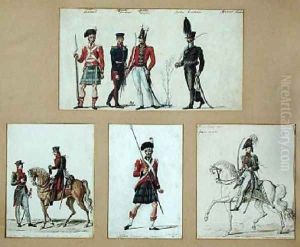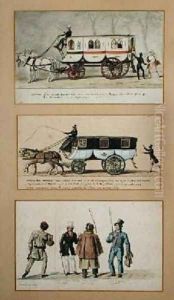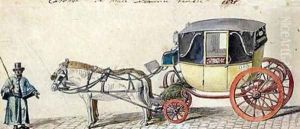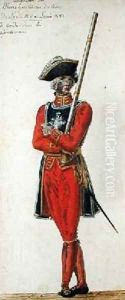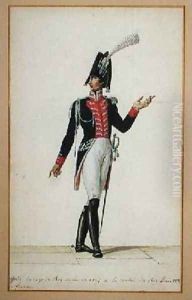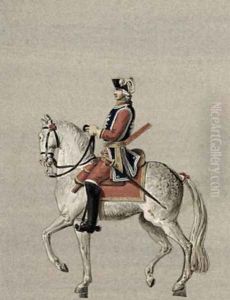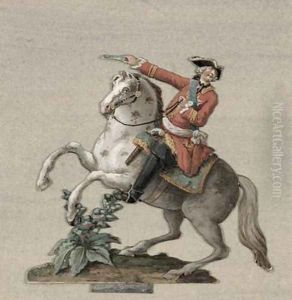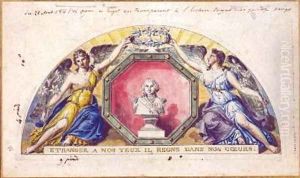Pierre Antoine Lesueur Paintings
Pierre Antoine Lesueur, a name not as widely recognized in the annals of art history as some of his contemporaries, was nonetheless a significant figure in the early 19th century, particularly in the realms of natural history illustration and exploration. Born in 1770 in Le Havre, France, Lesueur was a man of diverse interests and talents, whose contributions spanned the fields of art, science, and exploration. His life was marked by adventurous voyages, scientific discovery, and artistic endeavor, making him a quintessential figure of the Enlightenment era, where the boundaries between art and science were fluid and often intertwined.
Lesueur's most notable contribution came through his participation in the Baudin expedition to Australia from 1800 to 1804, an endeavor initiated by the French government to chart unknown territories and collect scientific information. During this expedition, Lesueur served as a naturalist and artist, documenting the flora, fauna, and indigenous people of Australia with meticulous detail. His drawings and watercolors from the voyage are considered some of the earliest and most accurate depictions of Australian wildlife and indigenous cultures, providing invaluable records for both the scientific and art communities. These works highlighted Lesueur's exceptional skill as a naturalist illustrator, a role that was crucial in the age of exploration for disseminating newfound knowledge across the world.
After returning to France, Lesueur continued to work on cataloging and illustrating the specimens collected during the expedition. His illustrations were not only scientifically accurate but also possessed a level of artistic finesse that elevated them beyond mere scientific documentation. They were instrumental in the publication of several important scientific works of the time. Despite his significant contributions to science and art, Lesueur did not gain the same level of fame as some of his contemporaries. Nevertheless, his work has endured, especially within the scientific community, where it remains a valuable resource for the study of early nineteenth-century natural history.
Lesueur's legacy is also preserved in the numerous species named in his honor and in the collections of his works held in museums and libraries around the world. Despite the challenges of his time, including limited recognition and the difficulty of working in remote and often harsh conditions, Pierre Antoine Lesueur's dedication to his craft and his contributions to natural history and art exemplify the spirit of inquiry and discovery that defined the Enlightenment. He died in 1846, leaving behind a body of work that continues to inspire and inform.
